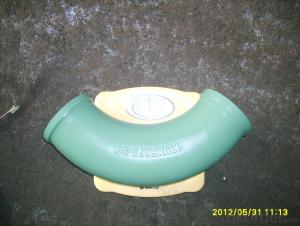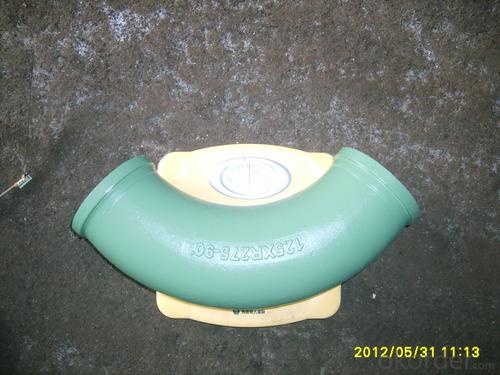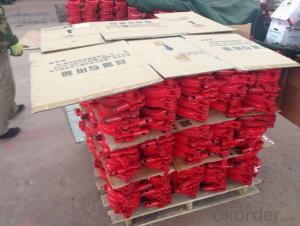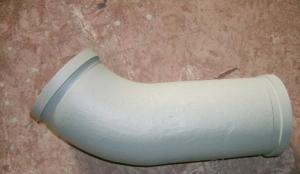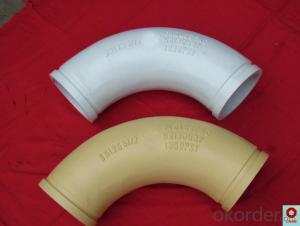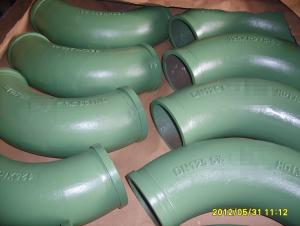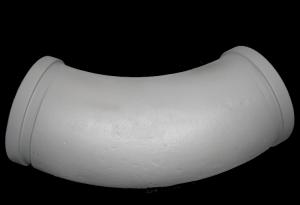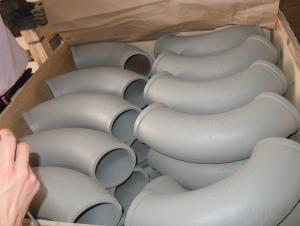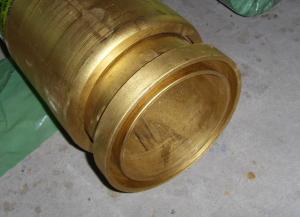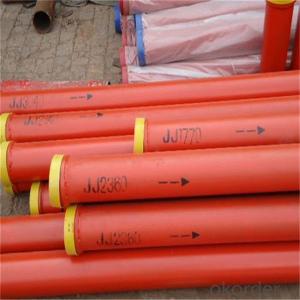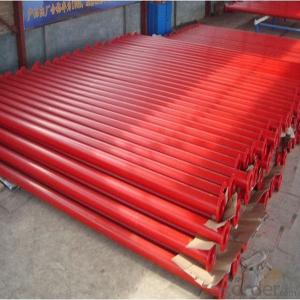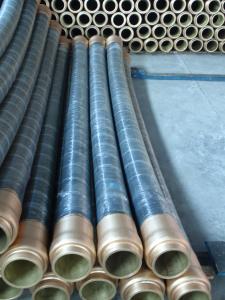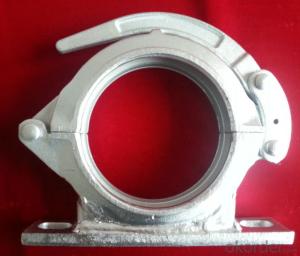Concrete Pump Truck Parts Elbow Bend R275 DN125 148Flange 30DGR Casting
- Loading Port:
- China Main Port
- Payment Terms:
- TT OR LC
- Min Order Qty:
- -
- Supply Capability:
- -
OKorder Service Pledge
Quality Product, Order Online Tracking, Timely Delivery
OKorder Financial Service
Credit Rating, Credit Services, Credit Purchasing
You Might Also Like
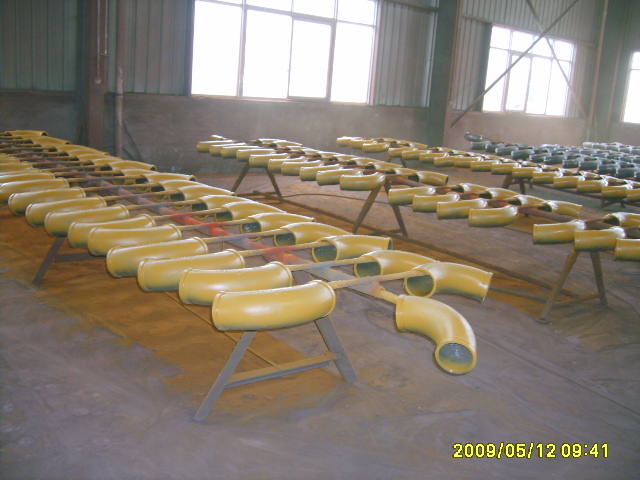
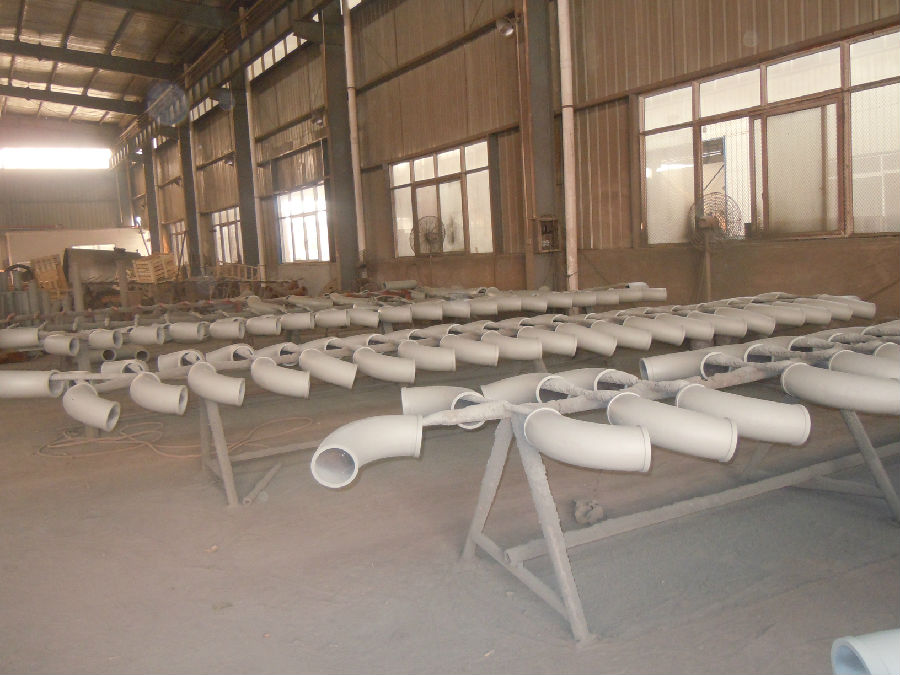
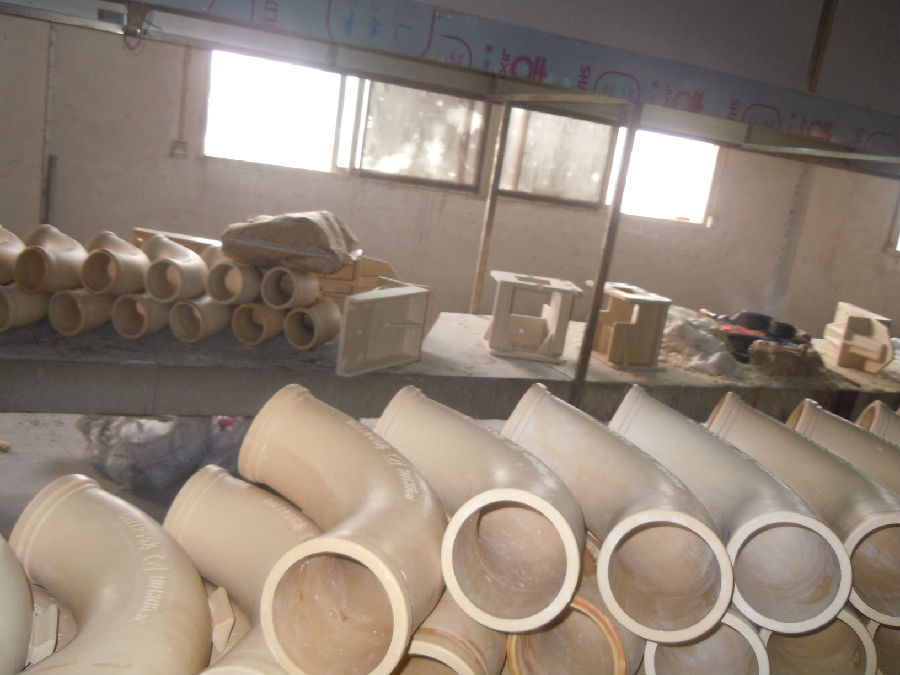
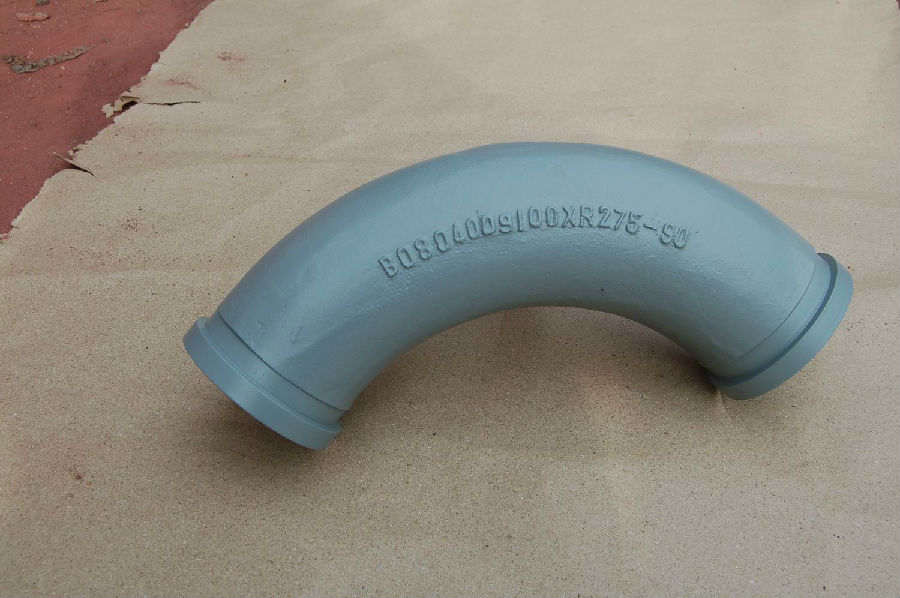
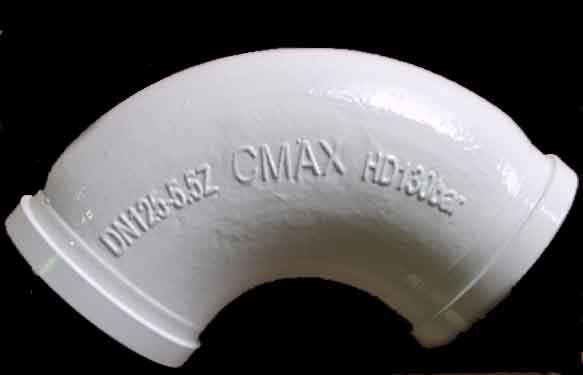
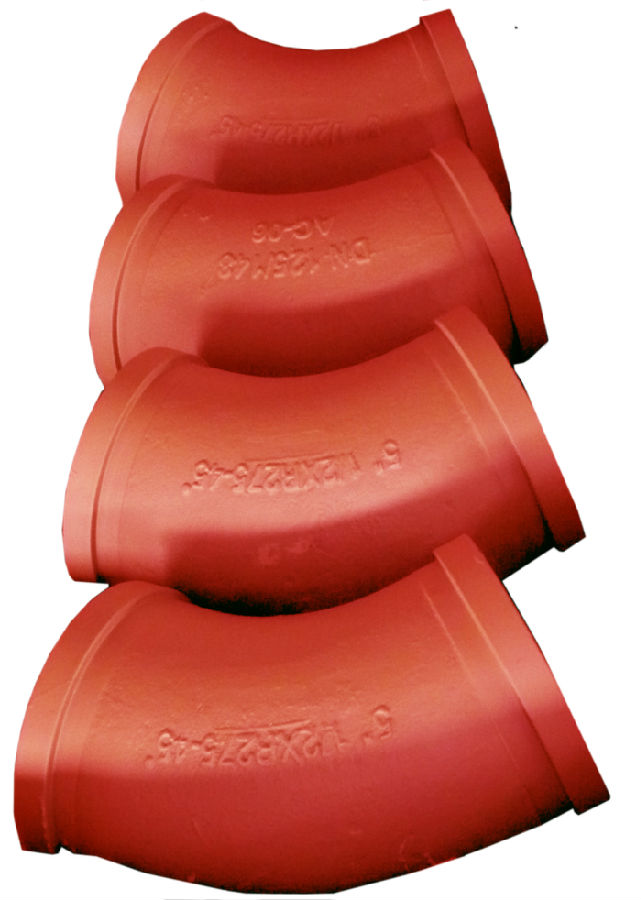
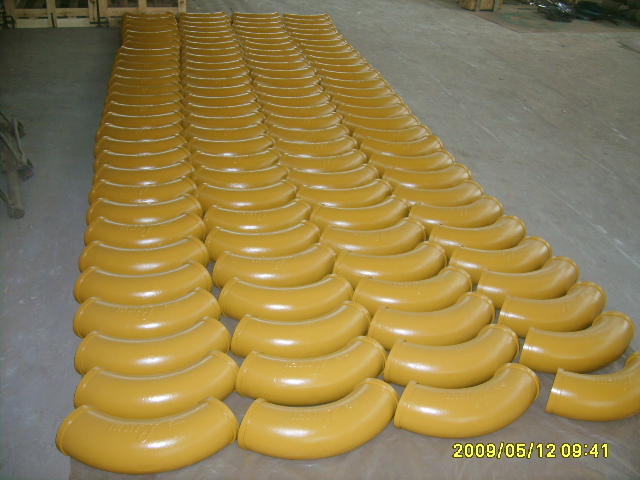
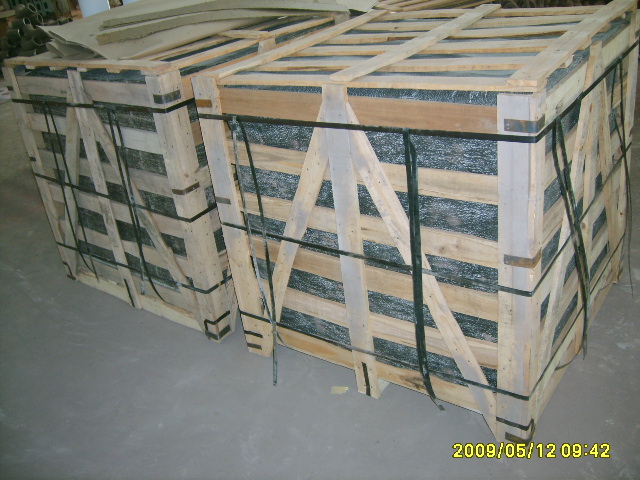
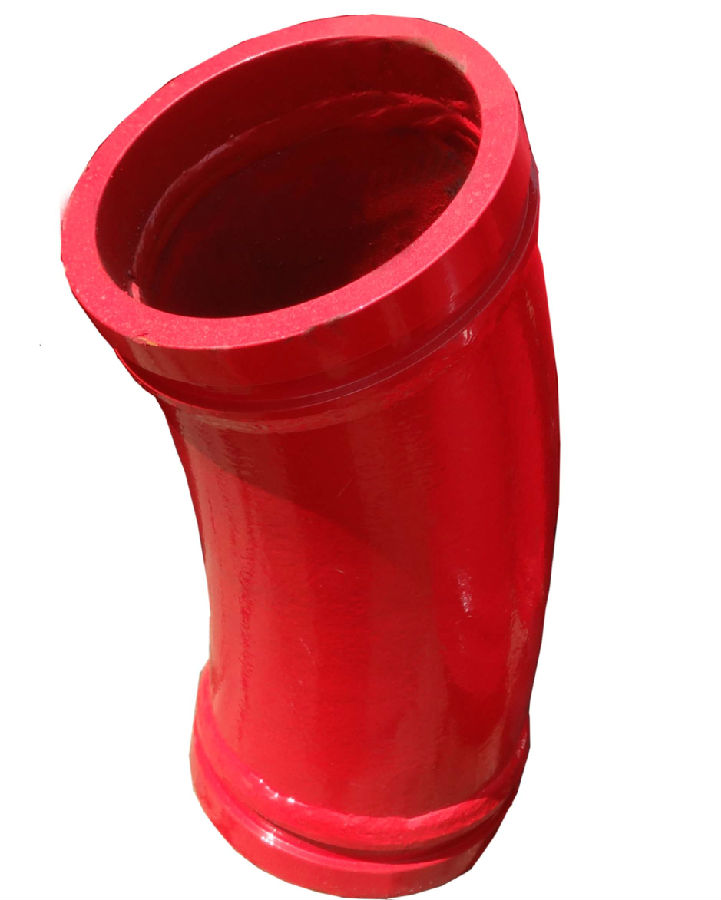
Product Description:
Product Name: Concrete Pump ELBOW DN125
1. Specification of Concrete Pump ELBOW DN125
Dimensions: DN125
Flange: SK, ZX, F&M
Degree: 30°
Material: #20 steel, ST52
Thickness: 4.5mm,6mm,7.1mm,7.5mm,10mm,
Working pressure: 180MPa
Notes: total series of concrete pump ELBOW for different brand concrete pump(PUTZMEISTER, SCHWING, CIFA, SANY, ZOOMLION, IHI, KYOKUTO Etc) available from us.
2. Application of Concrete Pump ELBOW DN125
Widely used on concrete pump truck, concrete placing boom, trailer concrete pump etc, for concrete delivery pipe connection.
Our concrete pump bends have been successfully exported to many countries from 1998, Our main markets as below: Middle East, Southeast Asia, America, Brazil, Italy, Russia, South Africa etc
Aiming at the largest concrete pump parts manufacturer, and reliable, professional supplier in China, we can supply concrete pump elbows, delivery pipes, casting or forging couplings, end rubber hoses, rubber pistons, tungsten wear plates, delivery cylinders, and other hydraulic parts, one stop service for your concrete pump parts and accessory business.
3. Package and Delivery of Concrete Pump ELBOW
Every 30pcs put in one seaworthy wooden box, and 20 boxes in one 20feet container.
Product Name: Concrete Pump ELBOW DN125
1. Specification of Concrete Pump ELBOW DN125
Dimensions: DN125
Flange: SK, ZX, F&M
Degree: 30°
Material: #20 steel, ST52
Thickness: 4.5mm,6mm,7.1mm,7.5mm,10mm,
Working pressure: 180MPa
Notes: total series of concrete pump ELBOW for different brand concrete pump(PUTZMEISTER, SCHWING, CIFA, SANY, ZOOMLION, IHI, KYOKUTO Etc) available from us.
2. Application of Concrete Pump ELBOW DN125
Widely used on concrete pump truck, concrete placing boom, trailer concrete pump etc, for concrete delivery pipe connection.
Our concrete pump bends have been successfully exported to many countries from 1998, Our main markets as below: Middle East, Southeast Asia, America, Brazil, Italy, Russia, South Africa etc
Aiming at the largest concrete pump parts manufacturer, and reliable, professional supplier in China, we can supply concrete pump elbows, delivery pipes, casting or forging couplings, end rubber hoses, rubber pistons, tungsten wear plates, delivery cylinders, and other hydraulic parts, one stop service for your concrete pump parts and accessory business.
3. Package and Delivery of Concrete Pump ELBOW
Every 30pcs put in one seaworthy wooden box, and 20 boxes in one 20feet container.
- Q: How does a concrete pump agitator motor prevent concrete from settling?
- A concrete pump agitator motor prevents concrete from settling by constantly agitating the mixture. The motor is typically equipped with paddles or blades that rotate inside the mixing drum, ensuring that the concrete remains in a homogeneous state. When concrete is being transported, it tends to separate due to gravity and the natural settling of heavier aggregates. This can result in a non-uniform consistency, with denser materials sinking to the bottom and water rising to the top. The agitator motor counteracts this settling process by continuously stirring the concrete. The rotating paddles or blades create a turbulent flow within the mixing drum, preventing the heavier aggregates from settling and maintaining a consistent mixture. This agitation helps to evenly distribute the cement, aggregates, water, and any additional additives throughout the concrete, resulting in a more uniform and reliable end product. By preventing the settling of concrete, the agitator motor ensures that the mixture is consistently workable and can be pumped or poured without any blockages or inconsistencies. This is especially crucial during construction projects where precise and consistent concrete placement is required. In summary, a concrete pump agitator motor prevents settling by agitating the mixture, keeping it homogeneous and ensuring a consistent flow during pumping or pouring operations.
- Q: What are the signs of wear and tear in concrete pump spare parts?
- Some signs of wear and tear in concrete pump spare parts include cracks or fractures in the components, excessive vibration or noise during operation, decreased performance or efficiency, leaks or drips from seals or connectors, and visible corrosion or rust on metal parts. Additionally, worn-out or damaged rubber gaskets, seals, or O-rings can also indicate the need for replacement.
- Q: Can concrete pump spare parts be coated with UV-resistant coatings for outdoor applications?
- Concrete pump spare parts can benefit from the application of UV-resistant coatings to protect them from the damaging effects of UV radiation. These coatings are specially designed to prevent fading, cracking, and deterioration over time. By coating the spare parts, they are shielded from prolonged exposure to sunlight and other environmental factors, thus extending their lifespan and ensuring optimal performance outdoors. Furthermore, these coatings offer additional protection against weathering, including moisture, temperature fluctuations, and chemical exposure. As a result, it is highly recommended to coat concrete pump spare parts with UV-resistant coatings in order to enhance their durability and maintain their functionality when used outside.
- Q: What are the different types of concrete pump pistons?
- In the construction industry, various concrete pump pistons are frequently utilized. These encompass the following: 1. Single-acting pistons: Smaller concrete pumps employ these pistons with a single working side. They propel the concrete out of the cylinder during the forward stroke and rely on gravity to retract the piston during the return stroke. 2. Double-acting pistons: Larger concrete pumps utilize these pistons with two working sides. They push the concrete out during the forward stroke and pull it back during the return stroke, thereby enhancing the pumping process's efficiency. 3. S-tube pistons: Trailer-mounted concrete pumps commonly employ these pistons, which are shaped like an S. They assist in regulating the concrete flow by directing it through a series of valves and pipes. 4. Rock valve pistons: These pistons are specifically designed for pumping concrete with larger aggregates. With their sturdy design, they can handle the more abrasive nature of such materials. 5. Gate valve pistons: These pistons employ a gate valve system to manage the concrete flow. They are frequently used in high-pressure applications and provide precise control over the pumped concrete's quantity. In summary, the selection of a concrete pump piston depends on various factors specific to the construction project, including the pump's size, the type of concrete being pumped, and the desired flow rate and pressure.
- Q: How often should concrete pump gearboxes be inspected and maintained?
- Concrete pump gearboxes should be inspected and maintained regularly to ensure their optimal performance and longevity. The frequency of inspections and maintenance depends on several factors such as the usage of the concrete pump, the working environment, and the manufacturer's recommendations. In general, it is recommended to have a thorough inspection and maintenance at least once a year. However, if the concrete pump is used extensively or operated in harsh conditions, more frequent inspections may be necessary. This can be done every six months or even quarterly. Regular maintenance should include checking for any signs of wear and tear, lubricating gears and bearings, and replacing any worn-out or damaged parts. It is important to follow the manufacturer's guidelines and consult with a professional if there are any concerns or specific requirements for the concrete pump gearbox. By conducting regular inspections and maintenance, potential issues can be identified early on and addressed promptly, ensuring the smooth and efficient operation of the concrete pump gearboxes.
- Q: How often should a concrete pump wear plate be replaced?
- A concrete pump wear plate should be replaced when it shows signs of significant wear and tear or when it starts to affect the performance and safety of the pump. The replacement frequency can vary depending on factors such as the type of concrete being pumped, the pump's usage, and the quality of the wear plate. Regular inspection and maintenance can help determine the appropriate replacement schedule.
- Q: How often should hopper grate springs be inspected or replaced in a concrete pump?
- Hopper grate springs in a concrete pump should be inspected regularly, ideally on a monthly basis, to ensure their proper functioning. However, the actual replacement of these springs depends on various factors such as the usage intensity, wear and tear, and manufacturer's recommendations. It is essential to monitor their condition closely and replace them promptly if any signs of damage or fatigue are observed.
- Q: How often should concrete pump seals be replaced?
- The replacement of concrete pump seals depends on various factors, such as the type of pump, seal quality, operating conditions, and maintenance practices. It is generally recommended to inspect and replace the seals every 500 to 1,000 pumping hours or annually, whichever comes first. It is crucial to regularly inspect the seals to detect any signs of wear or damage. Common indications for replacement include leaks, excessive vibration, reduced pumping efficiency, or visible degradation of the seal material. If any of these issues are observed, it is important to promptly replace the seals to prevent further damage and ensure optimal pump functioning. It is important to note that certain pumps may require more frequent seal replacements due to their design or operating conditions. For example, high-pressure pumps or those used in abrasive environments may experience accelerated seal wear, necessitating more frequent replacements. To extend the lifespan of concrete pump seals, proper maintenance and care are essential. This involves regularly cleaning the pump and seals, ensuring proper lubrication, and following the manufacturer's guidelines for operation and maintenance. Additionally, using high-quality seals and regularly inspecting them for wear can help prolong their longevity. Ultimately, determining the replacement frequency of concrete pump seals involves a combination of regular inspections, adherence to maintenance practices, and consideration of specific operating conditions.
- Q: What is the function of a concrete pump water pump?
- The primary role of a water pump in a concrete pump system is to provide water for various purposes. Its main responsibility is to ensure a continuous water flow to the concrete pump, which aids in the efficient mixing and pumping of concrete. By adding water when necessary during the pumping process, the water pump guarantees that the concrete mixture maintains the desired consistency. It plays a crucial role in controlling the hydration process of the cement, preventing it from drying out and becoming unworkable. Furthermore, the water pump also plays a vital role in cleaning the concrete pump system after use. It effectively flushes out any excess concrete residue or debris that may have accumulated inside the pump, thus ensuring its optimal operational condition. To summarize, the concrete pump water pump functions to supply water for concrete mixing, maintain the desired consistency, and clean the concrete pump system.
- Q: Can I get spare parts for concrete pump wear plates and cutting rings?
- Absolutely, spare parts for concrete pump wear plates and cutting rings are readily available. These components are crucial for the flawless functioning and optimal performance of a concrete pump. Numerous manufacturers and suppliers specialize in offering spare parts exclusively for concrete pumps, encompassing wear plates and cutting rings. You have the option to directly approach these suppliers or manufacturers to inquire about the availability and pricing of these spare parts. Moreover, there are also online platforms and marketplaces where an extensive assortment of spare parts for various concrete pump models can be found. It is always advisable to ensure the purchase of genuine and top-notch spare parts to ensure the durability and effectiveness of your concrete pump.
Send your message to us
Concrete Pump Truck Parts Elbow Bend R275 DN125 148Flange 30DGR Casting
- Loading Port:
- China Main Port
- Payment Terms:
- TT OR LC
- Min Order Qty:
- -
- Supply Capability:
- -
OKorder Service Pledge
Quality Product, Order Online Tracking, Timely Delivery
OKorder Financial Service
Credit Rating, Credit Services, Credit Purchasing
Similar products
Hot products
Hot Searches
Related keywords
